Does anyone else know or have a plant that triggers a chain of memories for them?
I have a few now. They remind me of who gifted them to me, holidays I’ve been on and places I’ve worked.
Silk tassel bush
At this time of year the silk tassel bush Garrya elliptica, not a common sight in many gardens, helps bring back memories of my grandparents.
Before I even became interested in gardening I had noticed this plant growing up against a fence in their garden, particularly at this time of year when this tall shrub produces long and hanging, grey-green catkins.
I didn’t have a clue what this plant was called. So it was a nice moment for me during my gardening apprenticeship when I was introduced to it properly and was able to put the two together.
A Palace connection
The connection between this plant and myself grew even further 20 years later, when I became head gardener at Scone Palace.
Scone is the birthplace of one of our greatest plant hunters, David Douglas.
His career started in the Palace walled garden, on his way to making three plant hunting trips to North America.
His most notable introduction is the conifer that now bears his name, The Douglas Fir.
It’s recognisable in our forestry landscape as a key part in this billion pound industry.
A specimen grown from seed collected in 1824 and sent back by the man himself still grows in the grounds of Scone Palace today.
During my quest to learn more about the gardens of my new employer and of Douglas’s association with it, I was intrigued to find he is also credited for introducing G elliptica into the country.
My first plantings
The plant I’d already developed a fondness for was to become one of the first of the new plantings I made as I looked to make my own mark in the Palace grounds.
Being an east coast gardener I generally see this as a back of the border shrub, preferring support from a south or west facing wall for it to be grown at its best.
Like all shrubs they also appreciate some pruning, if it’s done annually then all that’s usually required is a wee trim as the catkins begin to fade in early spring, before the new growth begins, to keep them in shape.
That’s something I wish the new occupants of my gran and papa’s old house would do with the plants they inherited!
Garrya make a great addition to the garden in winter with the variety ‘James Roof’ being the one you would be likely to find in a garden centre or nursery.
Whilst I’m in this reminiscing mood I paid a visit to see the garden volunteers at my old gardening ground during my apprentice days – Craigtoun Park, outside St Andrews.
If there’s ever a group of gardeners I’m full of admiration for it’s these guys. They do a sterling job of keeping the gardens in top condition.
It was sad to see the last remaining glasshouse being taken down though.
I’ll never forget how these used to be crammed full of Coleus, Streptocarpus, Birds of Paradise. Just some of the plants grown for display and major shows like Chelsea!
The old potting shed
The door to the old potting shed is now clearly visible from the outside. To the side of this a planting of the common Jasmine.
It’s over 20 years since I left there, but I’ll never forget opening the houses in the early mornings, the gentle warmth from the house and the strong and sweet fragrance coming from the jasmine. It hit you as soon as you opened the door.
It’s really a plant for the conservatory but if you’re lucky enough to have a warm south or west facing wall and you live in a cooler part of the country it may be worth having a go at growing this outside.
Be warned though it’s quite a rampant grower. I also can recall being up the ladder and pruning this to keep it in check, getting covered in cobwebs in the process.
There’s also its cousin, the yellow flowering winter jasmine, Jasminium nudiflorum which is a lot tougher.
A welcome sight on a cold and grey winter’s day as well as those crisp and sunny, blue-sky days. Unfortunately this one does not come with the same scent.
Food for insects
Its flowers are a welcome source of food for those insects brave enough to be out and about at this time of year, and I also find the dense growth can also be the perfect spot for a bird to make its nest.
Our feathered friends will be high on the agenda this weekend as we take part in the RSPB annual bird watch.
I’m hoping the seven female bullfinches that popped by the other week turn up.
It’ll be interesting to hear the results in the coming weeks of how healthy our bird population is.
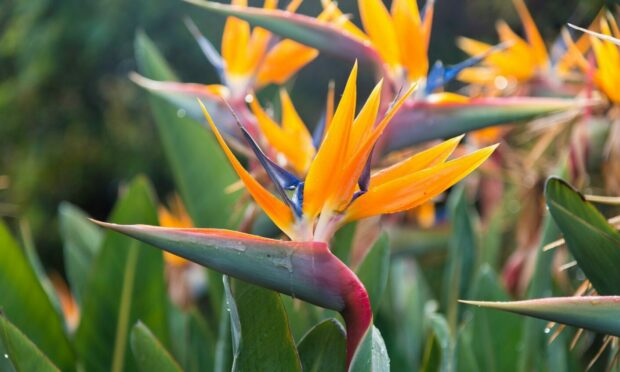
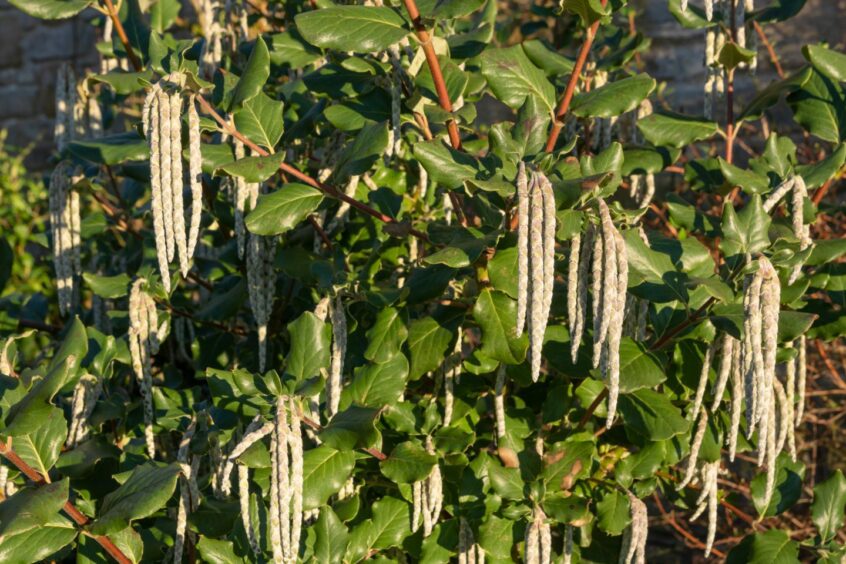
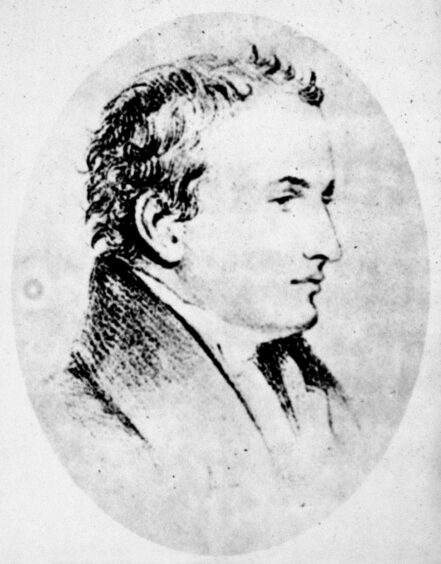
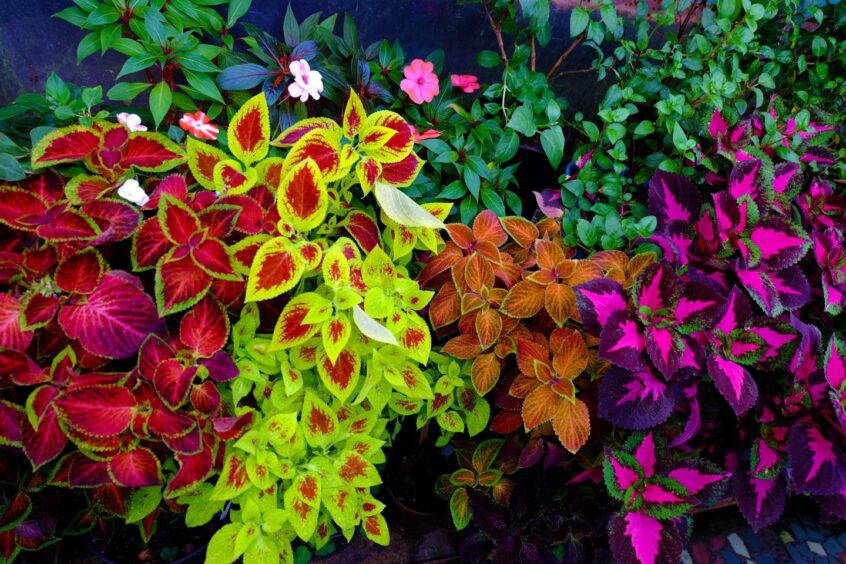
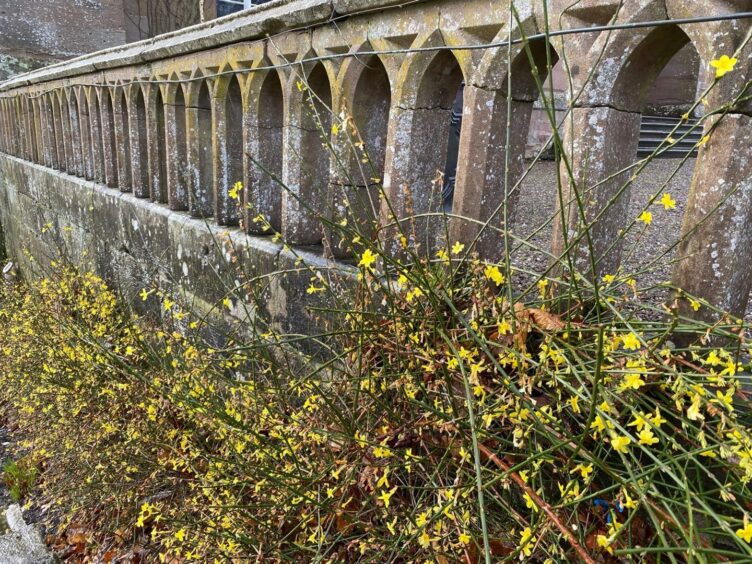










Conversation